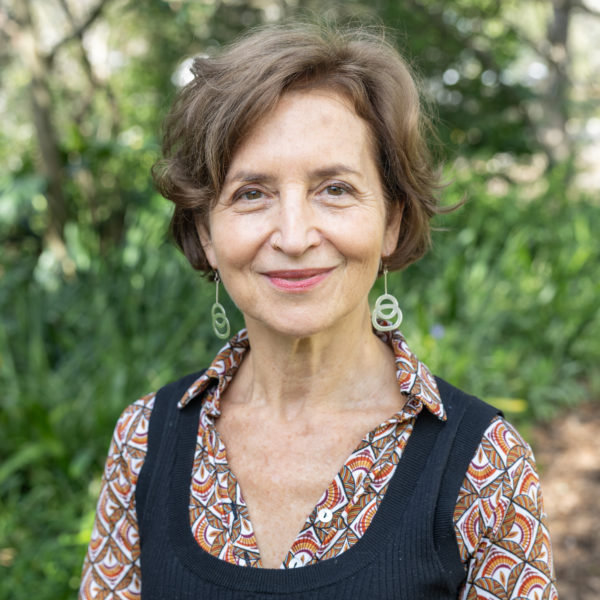In contexts of displacement and marginality, people’s aspirations and active material and political struggles for secure housing – alongside their multi-layered efforts at home-making – might be construed as acts of either insurgent optimism or necessary anticipatory investment. Framing these dynamics in terms of the relationship between property and personhood (yet also locating them within wider dynamics of state-making and citizen-making), this book project explores the lived material, symbolic and social manifestations of such acts through a selection of collective and individual cases of houses and home making in Zimbabwe’s urban margins. The approach understands houses as multiply located, temporally and spatially, and as constantly changing composites of physical, social, cultural, corporeal and emotional elements articulating internally and with external structural, political and social dynamics. A house is seen as always being ‘in conversation’ with so much more than just itself and its most visible structures, occupants, location, status and uses. To be able to recognize and interpret the multiple languages that houses and their inhabitants ‘speak’ requires forms of intimate engagement. Practices have evolved during this research that include sensory, spatial, ethnographic and biographical methods, captured within the combined approaches I term ‘speaking through houses’ and the ‘biography of a building’.
Menu
Related news
Related news
Share this project:
Share on whatsapp
WhatsApp
Share on email
Email
Share on facebook
Facebook
Share on twitter
Twitter
Share on linkedin
LinkedIn
Is any information on this page incorrect or outdated? Please notify Ms. Nel-Mari Loock at [email protected].

